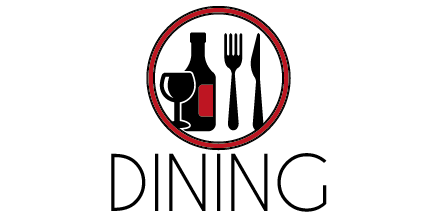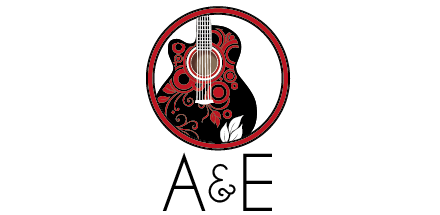As a college professor who doesn’t teach face-to-face courses over the summer, the August faculty meeting usually means the end of my break. Classes are soon to begin, syllabi are due, and it’s back to school. But that’s no reason to stop drinking in the summer; it isn’t fall for another month, friends.
While most summer options are of the wheat variety, a few pilsners or other lighter fare, one should not over look another American summer classic. The Beer Judge Certification Program’s category of ‘Light Hybrid Beer’ includes the German Kolsch ale along with American cream ale, blonde ale and wheat or rye beer. All of these beers, in one way or another straddle the line between ale and lager, often sharing characteristics and components.
If cream ales were a direct comparison to macro lagers, with a touch more hop presence and slightly more alcohol (and cream being related to corn, not lactose), then blonde ales would be the next step toward all an all malt ale. In this case, the malt will be of the bread variety, not caramel, and light hop notes are grassy as opposed to citrus and pine. What you have with a Blonde Ale is an approachable beer, leaning to the malt side, that isn’t too much of a stretch for your average macro drinker.
These golden colored ales are often clear but can be slightly cloudy, and should offer a decent sized head of foam from which aromas of gently sweet malt will mix with a touch of American hop. Most blonde ales are medium to lighter bodied, typically well-carbonated, and smooth on the sip and finish.
Historically, this style of beer is a creation of the craft beer movement in America. However, it is reminiscent of several different European styles of beer. Blonde ales most closely resemble the Kölsch beers of Cologne, Germany. You would likely be hard pressed to make a distinction between an American brewed Kölsch and a Blonde ale. The beer also suggests the English summer ales, which are quite rare. The next closest cousin to the Blonde style would be less-hopped American but especially English pale ales.
As the craft movement in this country began to mature, blonde ales were the usual choice for breweries to offer in place of macro standard and light lagers. Alcohol by volume (ABV) in the range of 4-5.5 percent, light to medium bodied, low hop bitterness and a gentle malt backbone is a solid combination for the typical American beer drinker.
Numerous decent examples exist: Uinta’s Sum’r Summer Ale, Rogue’s Oregon Golden Ale, Heavy Seas Gold Ale, New Belgium Somersault, Bell’s Third Coast — all decent and passable examples of the style that will fit the bill.
Victory Brewing Company’s Summer Love is a great example of an American Blonde Ale. On their website, Victory says this about Summer Love: “With the sublime, earthy familiarity of noble, American and German hops backed up by fresh and clean German malts, Summer Love Ale ends with a surprising burst of lemony refreshment from fistfuls of American whole flower hops. Love Summer, now.” Victory also rates Summer Love at 5.2 percent ABV.
Not an out-of-this world beer experience, but a great sipping, non-adjunct beer, blonde ales are American and made for summer; an ale that’s above and beyond the usual macro lager.
Locally, Freehouse’s Folly Pride is an aptly named blonde because it would be perfect for sitting on Folly Beach and drinking it … if that sort of thing were allowed, of course. Either way it’s a good sipper this summer at the beach or otherwise. And now that they can Folly Pride, you can pack it in your cooler easier. Enjoy the brews … Cheers.
Gene’s Haufbrau has at more than 200 beers in bottles or on tap. While they don’t have every beer the Beer Snob writes about, they probably have most. E-mail the Beer Snob at publisher@westof.net.













